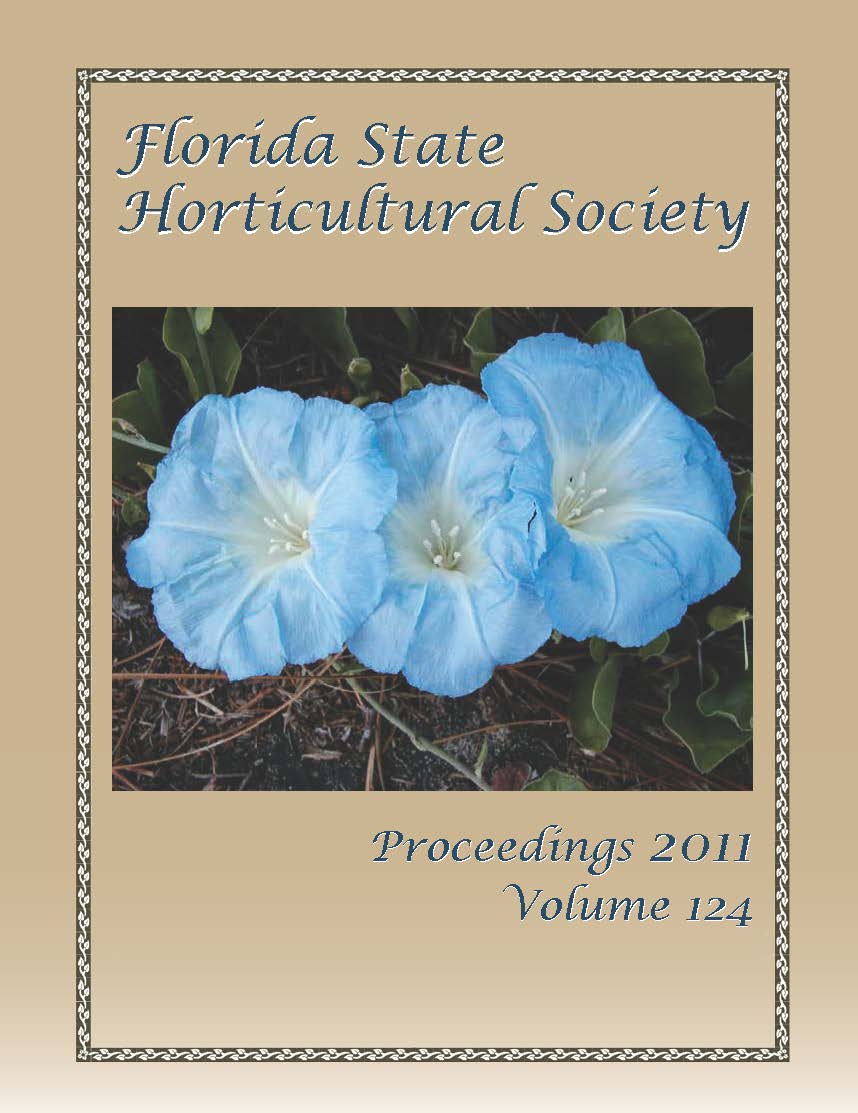Evaluation of Planting Densities and Shoot Pruning Practices for Indeterminate Bell Pepper Production in Dominican Republic, Honduras, and Costa Rica
Published 2011-12-01
Keywords
- Capsicum annuum,
- protected culture,
- cultural practices,
- shoot removal,
- fruit quality
- in-row distance ...More
Abstract
Indeterminate bell pepper (Capsicum annuum) production in Central America under protected agriculture has steadily increased over the last 10 years. The Protected Agriculture Information Network (PAINet) was created in 2009 as a free-of-charge network to assist on research, education, and information exchange among protected agriculture growers in seven countries in Central America and the Caribbean. The objective of this study was to determine the effects of diverse plant densities and pruning practices on the performance of indeterminate bell pepper in commercial greenhouses in Honduras, Costa Rica, and the Dominican Republic. In Costa Rica and Dominican Republic, treatments were combinations of planting densities and pruning practices. In Honduras, only the pruning practices were compared. The results indicated that pruning has little effect on total marketable yields for indeterminate bell pepper, regardless of the cultivars and planting densities. Similarly, the effects of planting densities on bell pepper total marketable yield were barely measured in all locations, which indicated that the lowest planting densities (26,000 and 27,500 plants/ha) have the lowest investment among all tested densities. Therefore, producing colored bell peppers in Central America and the Caribbean under protective structures may not need pruning for sustainable production,
which may save major labor costs.

